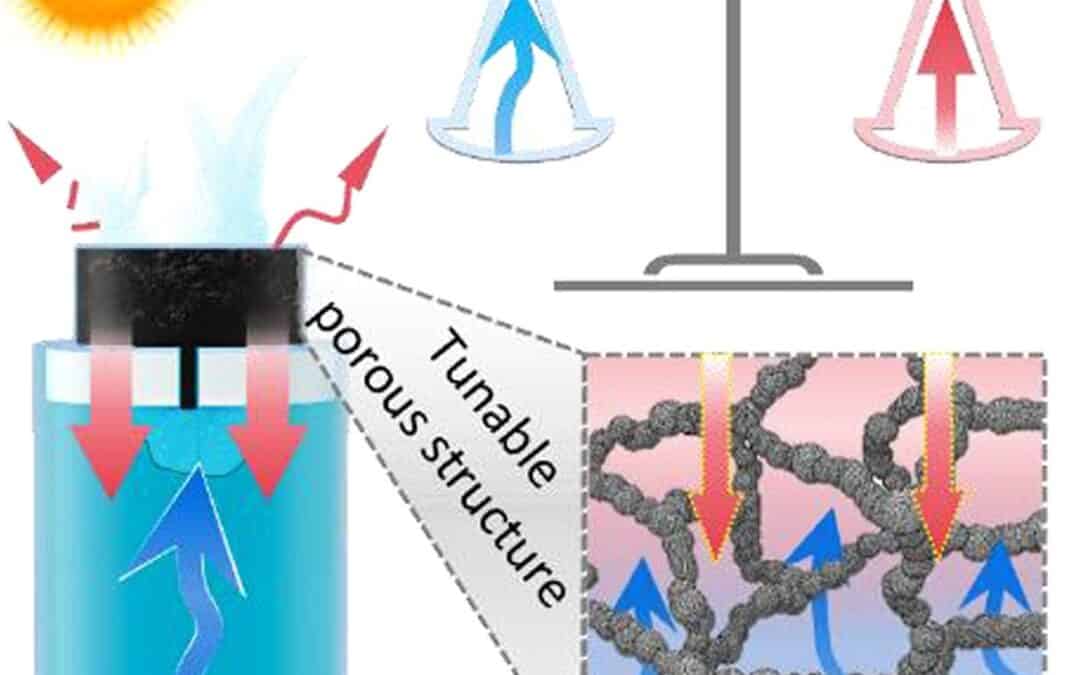Better Sponge Material for Solar Desalination
Solar desalination offers a promising solution to the pressing challenge of freshwater scarcity. Leveraging the abundant energy from the sun, this method transforms saline water into potable freshwater. With increasing interest in sustainable solutions, research has focused on improving the efficiency of solar desalination systems to enhance water supply.
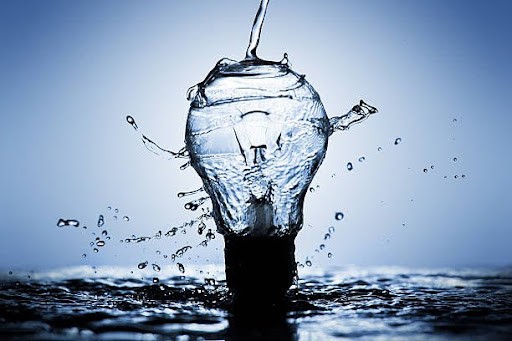
A key component in maximizing the efficiency of solar desalination is the material used for the evaporation process. Recent advancements have introduced innovative sponge materials specifically designed to absorb more solar energy and accelerate the evaporation rate. These materials are not only highly effective but also cost-effective, making solar desalination more accessible for widespread use.
The understanding of the significance of these materials is essential, as they play a crucial role in the future of water sustainability. Scientists have engineered such sponges with a tunable porous structure, optimizing their water absorption and thermal conductivity. Their improved design means that solar desalination systems can now operate with greater efficiency and at a lower cost, contributing to a more sustainable approach to managing water resources in an era where the availability of freshwater is a growing concern.
Fundamentals of Solar Desalination
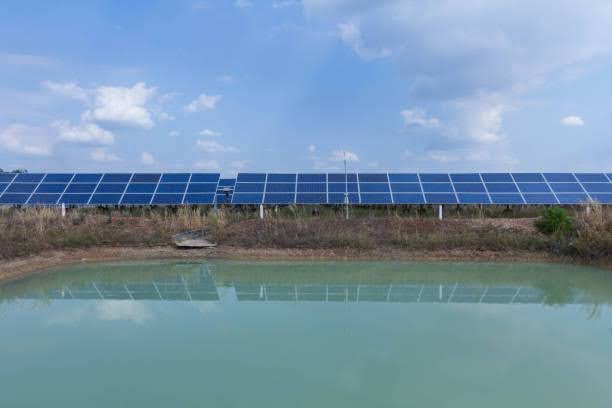
In the quest for sustainable water purification, understanding the core of solar desalination is crucial. It harnesses the sun’s energy, offering a cost-effective means to convert saline water into fresh water. This process is not only a boon for arid regions but also for those seeking environmentally friendly desalination methods.
Overview of Desalination Technologies
Desalination technologies are diverse, ranging from thermal processes like multi-stage flash distillation to membrane processes such as reverse osmosis. However, with the increasing emphasis on sustainability, solar desalination stands out due to its use of abundant solar energy, promoting minimal environmental impact.
Solar Energy as a Desalination Driver
A solar desalination system relies heavily on solar energy, which serves as a key driver in the desalination process. By harnessing energy from the sun, solar absorbers and photothermal materials play a pivotal role. They maximize solar-to-thermal conversion efficiency, transforming solar energy into the heat required for evaporation.
Principles of Interfacial Solar Desalination
Interfacial solar desalination operates at the interface where water meets the photothermal material. This design maximizes the evaporation efficiency and solar-to-vapor conversion efficiency. Focusing energy at the interface generates high-temperature zones, which translate into higher rates of photothermal conversion, making this a highly effective and sustainable desalination method.
Advanced Materials for Enhanced Desalination
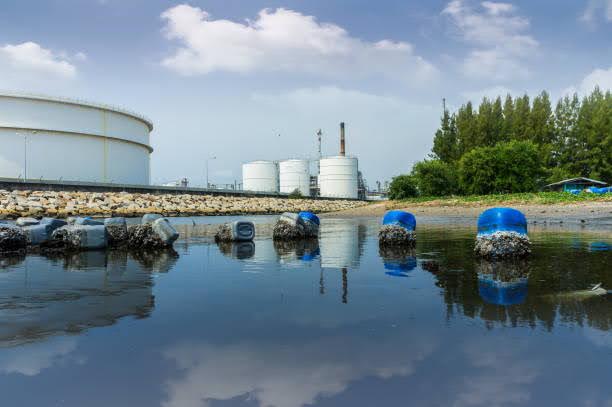
To elevate the efficiency and sustainability of solar desalination, it’s essential to leverage advanced materials specifically designed for this purpose. These materials aim to enhance the evaporation rate and overall solar absorption capabilities of desalination devices.
Porous Structures in Sponge Materials
Emphasizing porous structures in sponge materials is pivotal for enhancing desalination technology. High porosity in sponges facilitates better water transport to the surface, which is essential for an efficient evaporation process. A highly interconnected sponge structure, for example, can significantly increase the evaporation rate due to its large surface area and excellent capillary action, drawing water up consistently and rapidly.
Photothermal Materials and Solar Absorption
Photothermal materials directly impact your solar desalination system’s efficacy. By integrating materials like carbon black and carbon nanotubes into the sponges, they can absorb more sunlight and convert it to heat with high efficiency—solar absorbers are the cornerstone of your system’s performance. An efficient photothermal sponge isn’t only cost-effective but is also pivotal for a high evaporation rate.
Innovations in Hydrogel-Based Evaporators
Advancements in hydrogel-based evaporators signify a leap forward in solar desalination. Hydrogels incorporated into sponges imbue them with the capability to retain large amounts of water, and, when combined with materials like agarose or multiwalled carbon nanotubes, they dramatically boost the evaporation performance. These solar still architectures—gel-infused frameworks—are poised to revolutionize desalination, providing a low-cost, high-performance option to meet your water purification needs.
Challenges and Solutions in Solar Desalination
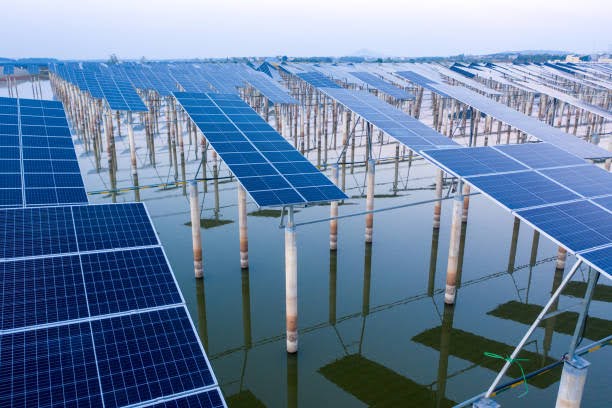
When tackling solar desalination, several key challenges must be overcome to enhance the system’s performance and durability. The advancements in material science and engineering have paved the way for effective solutions, ensuring that the desalination process remains sustainable and efficient
Salt Accumulation and Fouling
Addressing salt buildup and fouling issues is crucial to maintain efficiency. Developing advanced materials with exceptional anti-salt-fouling properties and self-cleaning capabilities is key. An innovative approach involves integrating a zwitterionic hydrogel sponge known for its outstanding anti-fouling performance and superior wettability. This integration effectively fights salt deposition and crystallization, ensuring improved system reliability and longevity.
Enhancing Heat Management Strategies
Thermal energy management is crucial in solar desalination. Materials that can absorb and convert solar energy to heat with highly efficient rates optimize the evaporation process. A sponge-like material inspired by jellyfish, with its sustainable treatment capabilities, enhances heat localization due to its porous nature, leading to improved desalination outcomes.
Improving Long-Term Stability and Durability
To ensure the long-term stability and durability, it is crucial to consider the mechanical properties of the materials utilized. One effective approach involves the advancement of hydrogel-based materials that provide a combination of exceptional elasticity and long-lasting mechanical strength. These materials demonstrate outstanding performance even under the harsh conditions typically encountered in solar desalination, making them highly suitable for extended usage.
CellScale provides a variety of biomaterial mechanical testing equipment to ensure you can test the mechanical properties of your aerogel or foam solutions. Ensure your development can stand up to the elements.
Economic and Environmental Considerations
When considering adopting better sponge materials for solar desalination, there are cost-effectiveness and environmental implications, as well as their potential for commercial applications and scalability.
Cost-Effectiveness of Sponges for Desalination
The material cost of the sponges used in solar desalination is a critical factor that affects the cost-effectiveness of the entire system. Sponges with superior thermal insulation and photothermal conversion qualities enhance the efficiency of solar power used, thus making the desalination process more affordable over time. By reducing power generation costs, these sponges can become a sustainable treatment option that is both economically and environmentally favorable.
Environmental Impact of Desalination
Using sponges in solar desalination has a sustainable advantage. By leveraging solar power, this method is not only energy-efficient but also reduces the carbon footprint associated with desalination. However, there are potential secondary environmental impacts that should be considered, such as the sourcing and production of the sponge materials, to ensure that the overall process remains an environmentally sustainable treatment method.
Commercial Applications and Scalability
For commercial applications, the scalability of sponge-based solar desalination technologies is essential. The materials should be available at a low cost and the technology easy to implement on a large scale to meet the growing demand for fresh water. Commercially viable sponge materials pave the way for widespread adoption, contributing to a sustainable and cost-effective method of water purification that can address global water scarcity challenges.
Breakthroughs in sponge materials present a promising solution for tackling freshwater scarcity through solar desalination. By harnessing solar energy and cutting-edge materials, we elevate water sustainability. Advanced sponges with adaptable structures and enhanced photothermal properties optimize solar desalination systems. These materials boost evaporation rates and cost-effectiveness, establishing solar desalination as a viable remedy. Ongoing research in material science confronts obstacles such as salt accumulation, thermal regulation, and longevity. Ensuring economic viability and environmental implications are crucial for expanding solar desalination technology. Strategic investments in research and innovation pave the way for a sustainable future, ensuring universal access to clean water and combating water scarcity. Cellscale and their biomaterials testing is leading the way for cleaning water.

